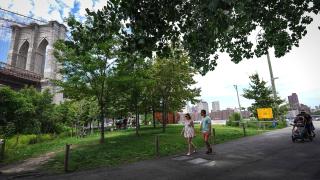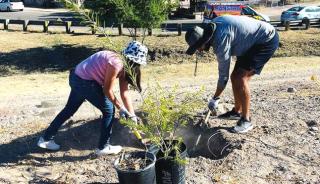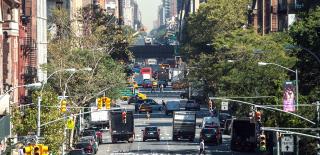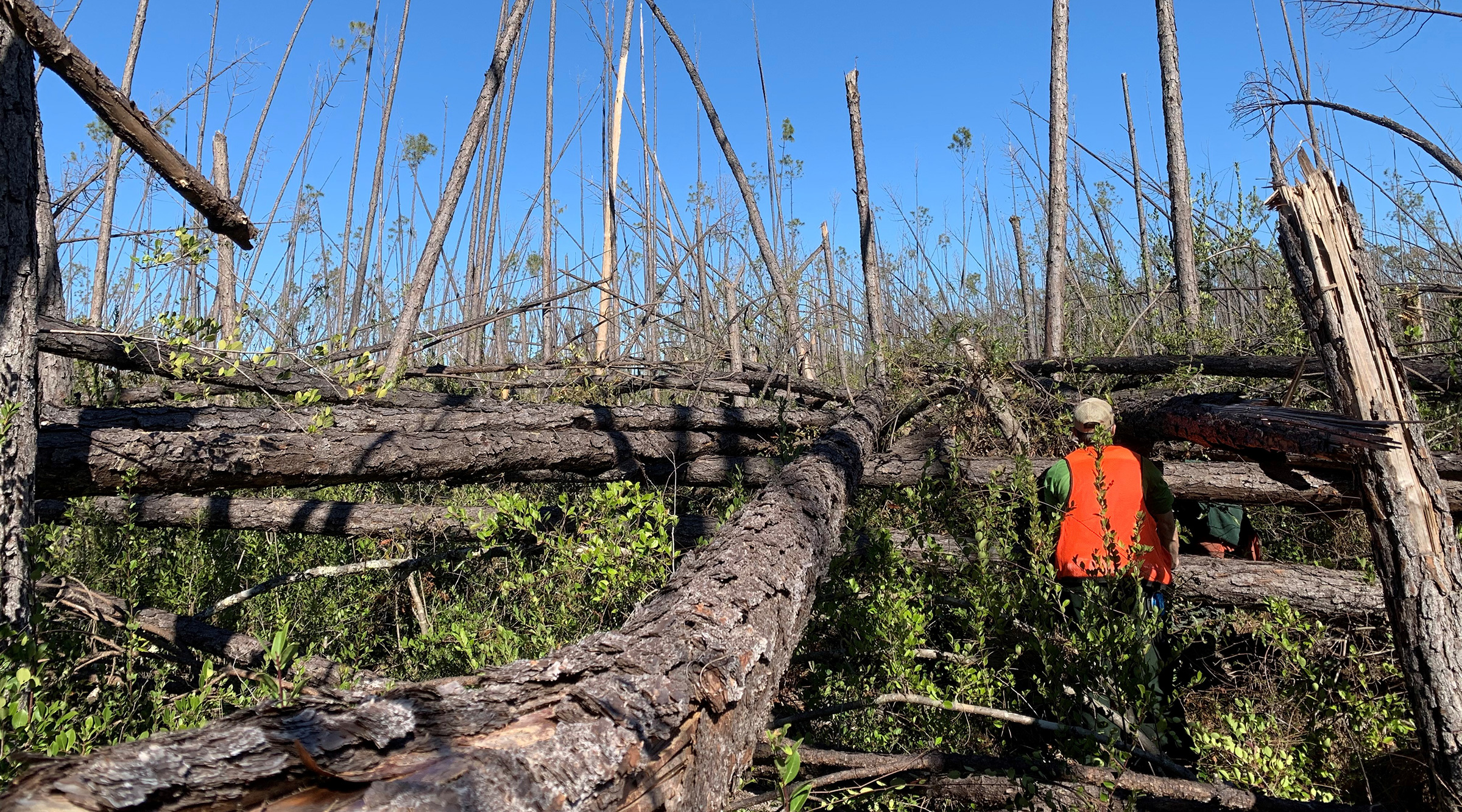As temperatures continue to rise, the burning need to address harmful and often deadly heat waves is undeniable. One powerful and simple solution is to plant more trees.
Trees offer a natural respite from scorching temperatures and a range of environmental, social and economic benefits. With $1 billion from the Inflation Reduction Act of 2022 (IRA), cities, towns and suburbs will soon be able to plant and maintain more trees, offering hope for a cooler and more sustainable future.
The USDA Forest Service Urban and Community Forestry Program (UCF) will award grants for tree planting and maintenance programs in August, to expand nature’s presence in communities most in need.
Growing threat of extreme heat

These grants arrive as American cities experience record-breaking heatwaves with detrimental impacts on public health, energy consumption and overall well-being.
Urban areas, with their abundance of heat-absorbing surfaces, such as concrete and asphalt, often bear the brunt of these temperature spikes. Extreme heat disproportionately impacts people of color and low-income communities across the nation.
That can change. Research has shown tree canopy cover reduces temperatures 11 – 19 degrees Fahrenheit compared to communities with no tree cover.
“Planting more trees in our communities is becoming more of a health imperative,” said Beattra Wilson, assistant director of the U.S. Department of Agriculture’s Forest Service Urban and Community Forestry Program (UCF). “The UCF Program currently works with 7,500 communities across the country and we understand that residents and front-line organizations have the best understanding of their community’s needs. They have the vision for its future and knowledge to get the work done and make it sustainable.”
Vital role of urban tree canopy

Trees provide a natural cooling effect through shade, reducing surface temperatures and creating more comfortable microclimates. They act as nature's air conditioners, intercepting sunlight and reducing the heat island effect in urban areas.
“The science is clear about the importance of trees in improving the nation’s public health, economy and community resilience to hotter summers,” said Vivek Shandas, a professor of Climate Adaptation at Portland State University. “A massive increase in the number of trees in our cities is a first step to turning down the temperatures especially for those facing a disproportionate burden from extreme heat.”
Environmental, social and economic benefits

Beyond their cooling properties, urban trees offer a multitude of benefits. Trees are giant, green air purifiers that clean the air we breathe. They improve air quality by filtering pollutants and absorbing carbon dioxide. Trees also mitigate stormwater runoff, reducing the risk of flooding. Studies have also shown that access to green spaces and trees can also improve our mental health, boost community cohesion, and enhance a person’s overall quality of life.
“It’s a no-brainer to invest in something that only appreciates in value over time, improves our health, and provides countless opportunities for building social bonds,” said Shandas. “An essential part of any such program is empowering communities with the necessary resources to care for and maintain the country’s urban forests so that they will continue to thrive.”
Taking action, one tree at a time

Through the collaborative efforts of local governments, nonprofits, and community organizations, urban and suburban neighborhoods are embracing the potential of expanding tree canopy.
“The funds will not just purchase trees, they will help with planning, training and developing workforce skills within the community that will pay dividends as these new trees grow,” said Wilson.
By fostering a sense of ownership and pride, communities are empowered to create greener, cooler, and more vibrant urban landscapes.
The growing threat of extreme heat demands immediate action, and the importance of expanding urban tree canopy cannot be overstated.
“Our grants can build a future where shaded streets, revitalized green spaces, and resilient communities thrive, offering much-needed relief from the heat and a more sustainable world for generations to come,” said Wilson.





